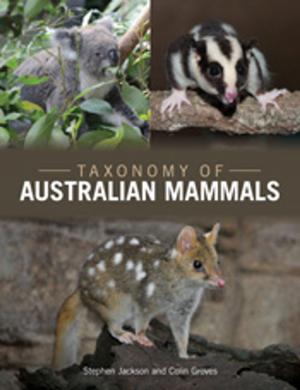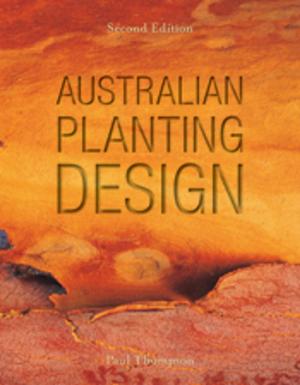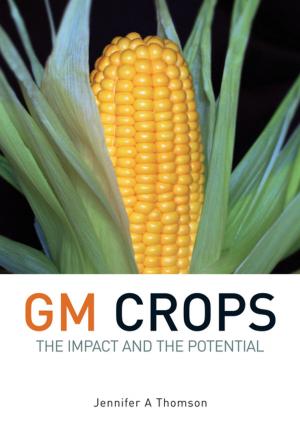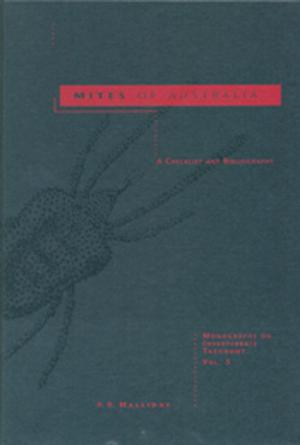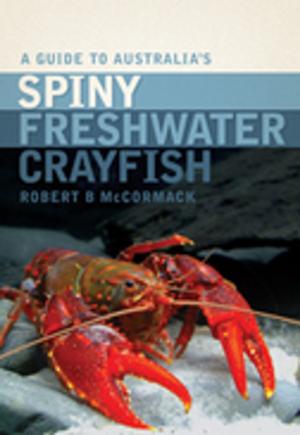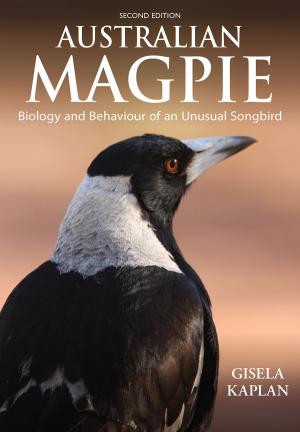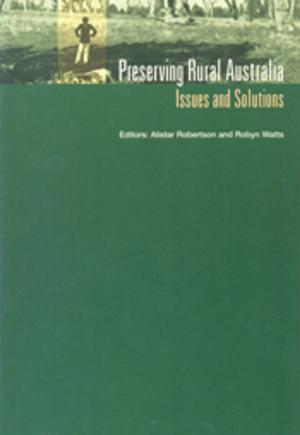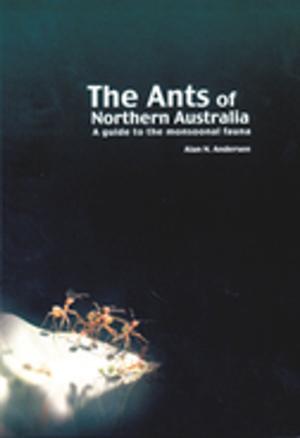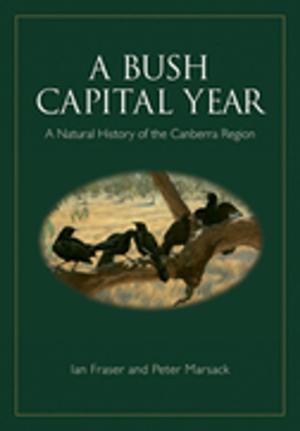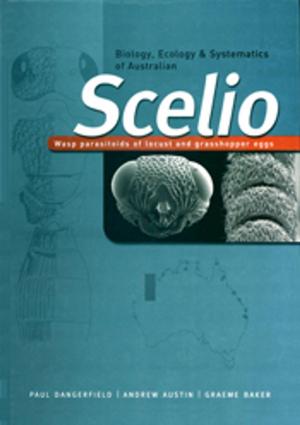Feedpads for Grazing Dairy Cows
Nonfiction, Science & Nature, Technology, Agriculture & Animal Husbandry, Business & Finance| Author: | John Moran, Scott McDonald | ISBN: | 9780643102163 |
| Publisher: | CSIRO PUBLISHING | Publication: | October 4, 2010 |
| Imprint: | CSIRO PUBLISHING | Language: | English |
| Author: | John Moran, Scott McDonald |
| ISBN: | 9780643102163 |
| Publisher: | CSIRO PUBLISHING |
| Publication: | October 4, 2010 |
| Imprint: | CSIRO PUBLISHING |
| Language: | English |
This book is the first detailed and comprehensive guide to the use of feedpads in the dairy industry, from planning and construction to day-to-day management, written especially for farmers. With ongoing droughts and access to water driving up the cost of conserved forages and feeding concentrates, feedpads offer flexible and efficient systems to maximise returns on feeding expensive supplements to grazing dairy cows, and form part of the risk management strategy for dairy farms. Feedpads for Grazing Dairy Cows covers all the aspects of animal husbandry involved in running a successful system and addresses key issues such as formulating rations to balance grazed pasture, management of farm labour and effluent management. The key principles of dairy nutrition are explained along with the concept of partial mixed rations and the range of potential ingredients. The authors also cover the physical features of feedpad design and construction and provide a checklist for planning a feedpad. They discuss important issues such as cow welfare, animal health and the management of effluent, including cleaning the pad, storing and recycling these solids and liquids on farm while minimising feedpad odours, flies and vermin. This book demonstrates a wide range of long-term economic benefits and will play an important role in helping dairy farmers achieve higher farm profitability.
This book is the first detailed and comprehensive guide to the use of feedpads in the dairy industry, from planning and construction to day-to-day management, written especially for farmers. With ongoing droughts and access to water driving up the cost of conserved forages and feeding concentrates, feedpads offer flexible and efficient systems to maximise returns on feeding expensive supplements to grazing dairy cows, and form part of the risk management strategy for dairy farms. Feedpads for Grazing Dairy Cows covers all the aspects of animal husbandry involved in running a successful system and addresses key issues such as formulating rations to balance grazed pasture, management of farm labour and effluent management. The key principles of dairy nutrition are explained along with the concept of partial mixed rations and the range of potential ingredients. The authors also cover the physical features of feedpad design and construction and provide a checklist for planning a feedpad. They discuss important issues such as cow welfare, animal health and the management of effluent, including cleaning the pad, storing and recycling these solids and liquids on farm while minimising feedpad odours, flies and vermin. This book demonstrates a wide range of long-term economic benefits and will play an important role in helping dairy farmers achieve higher farm profitability.


